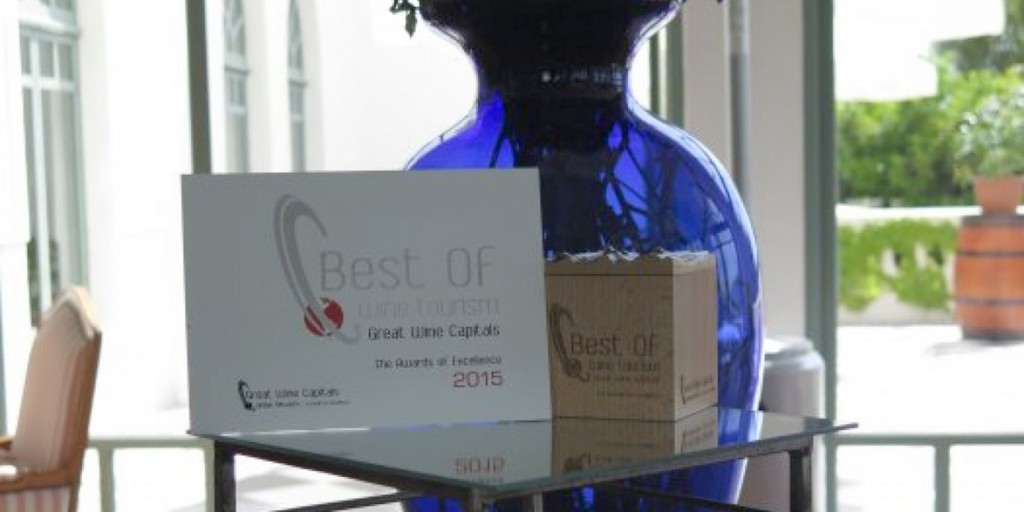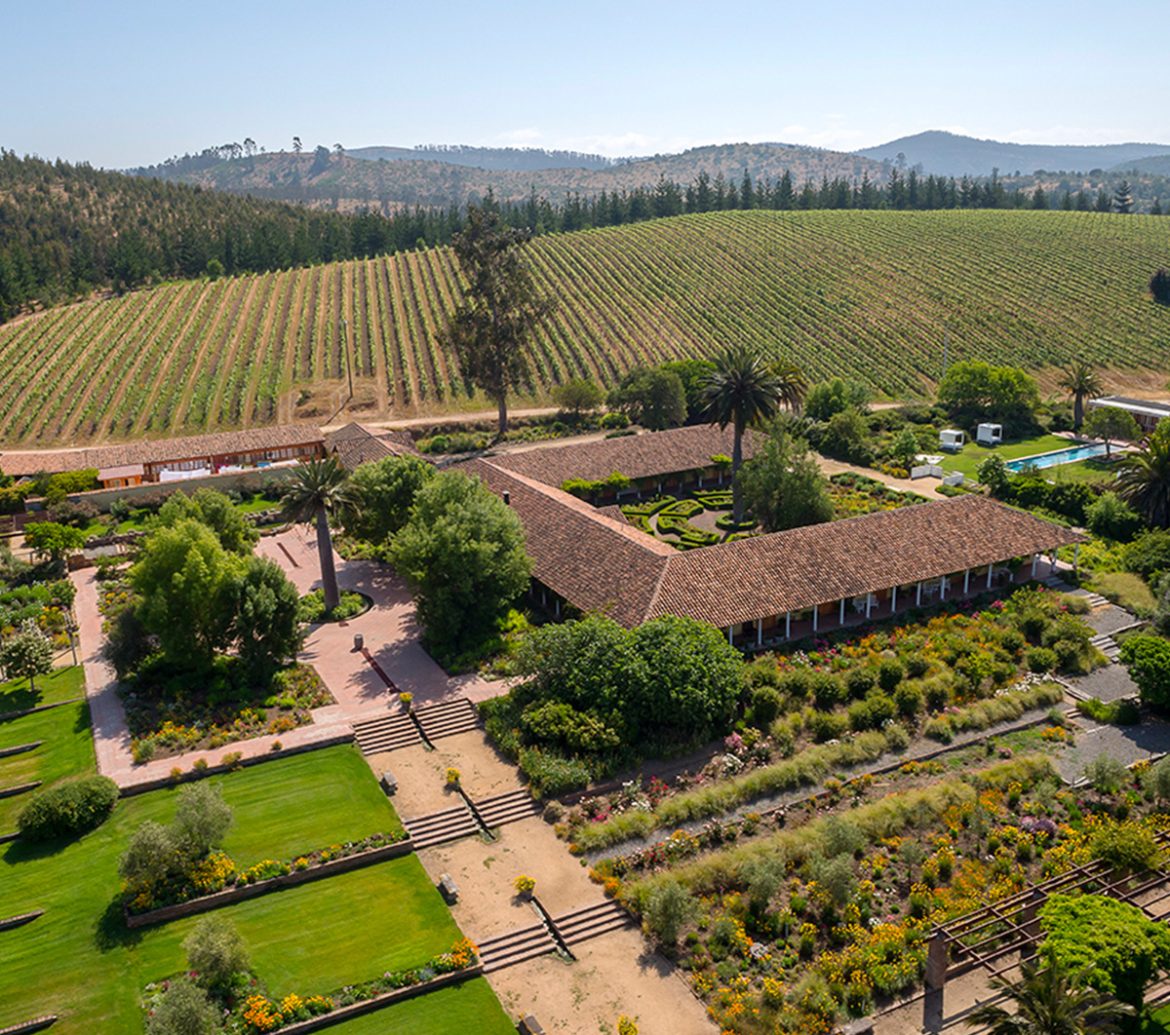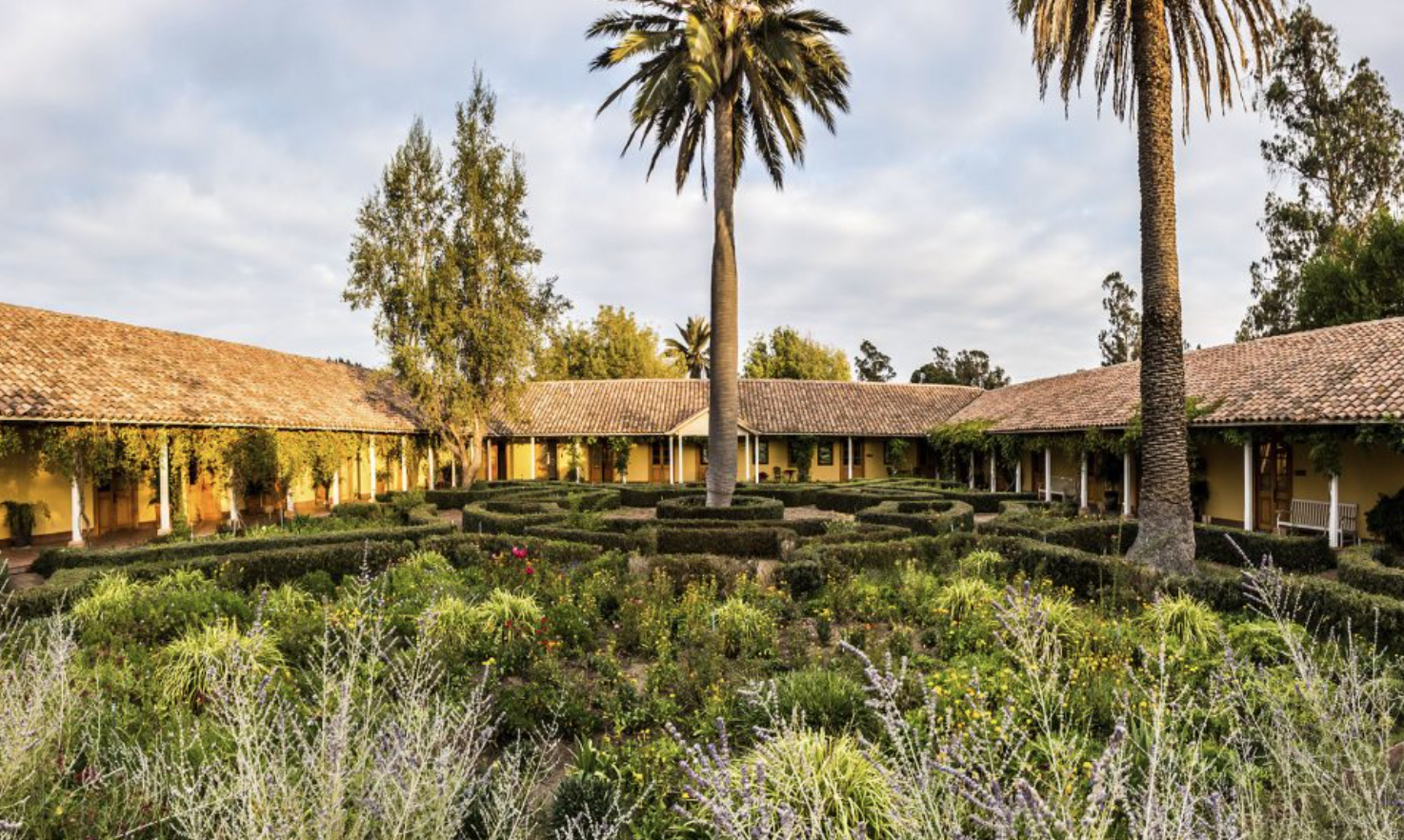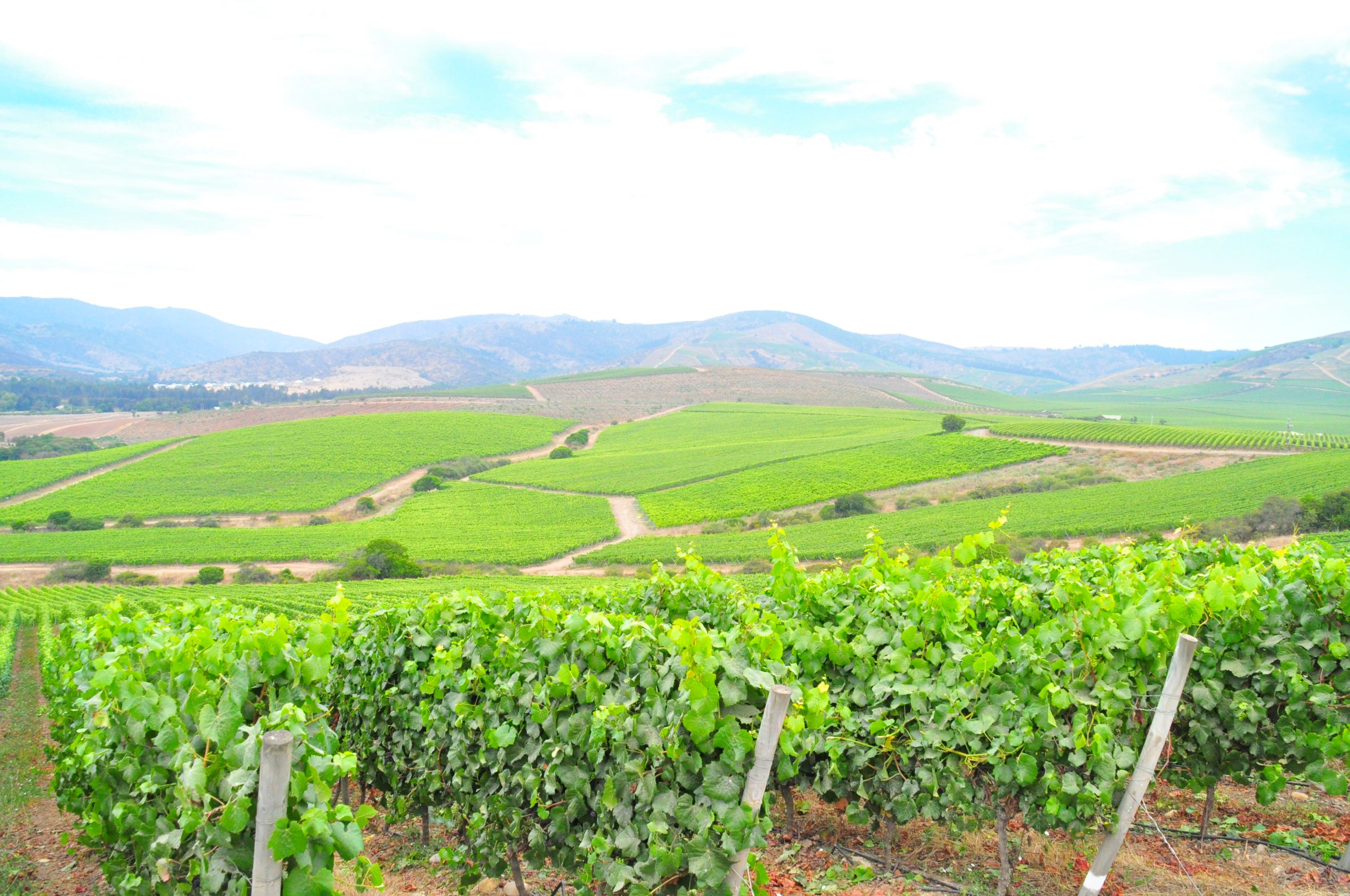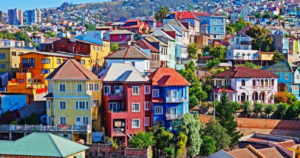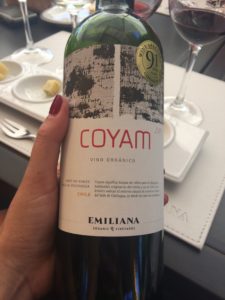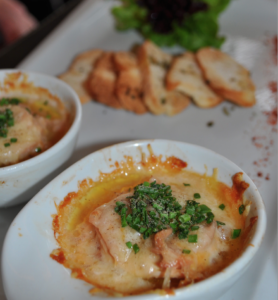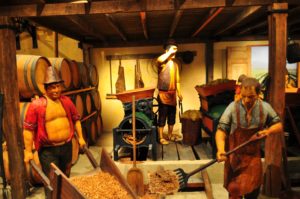A guide to making wine from biodynamic vineyards. Want to know why cow horns, radishes and quartz are important to make great wine? It is not as crazy as it might sound. Wine writer Amanda Barnes and Chilean winemaker Julio Bastias from Matetic walk through the vineyard and preparations used to make great wine from biodynamic vines.
Casablanca
As one of the newly elected Great Wine Capitals, Casablanca and Valparaiso celebrated their second year of the annual Best of Tourism Awards at the end of October. Wineries and tourism operations in and around Casablanca competed to take home the coveted awards which range from Best Winery Restaurant, and Best Accommodation, to Innovative Tourism Experiences, and Art and Culture.
In a formal gala evening the Mayor of Casablanca, the Casablanca Valley Association and Municipality of Valparaiso and Casablanca hosted the gala evening in Indomita winery where press and industry bods were invited. A wine paired dinner and jazz musicians opened the evening, and it finished with the highly-anticipated awards. Drumroll please…
Best Accommodation
Best Wine Tourism Restaurant

Second Place Viña Casas del Bosque
Third Place Viña Matetic
Best Architecture and Landscaping

Second Place Kingston Vineyards
Third Place Viña Indómita
Best Art & Culture
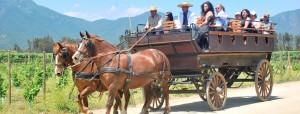
Second Place Miely
Most Innovative Wine Tourism Experience
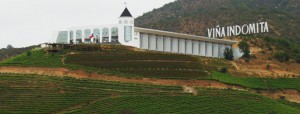
Second Place Estancia El Cuadro
Third Place Viña Emiliana
Best Services Related to Wine

Second Place Viña Quintay
Third Place Viña Emiliana
Most Sustainable Wine Practices
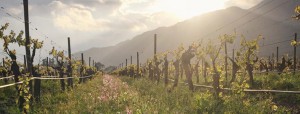
Second Place Viña Casas del Bosque
Third Place Miely
Matetic
Matetic winery is at the forefront of the biodynamic wine scene in South America, as an inspiring leader with 140 hectares of vines over four estates. The sweeping vineyards straddle San Antonio and Casablanca and are between 13 and 19 km from the Pacific Ocean with a maritime climate. This combination of the cool coastal climate and weathered red and grey granite soils are expressed through the excellent portfolio of Matetic’s wines — all focused on freshness, tension and purity of place.
Winemaker Julio Bastías is a master of cool climate Syrah, which is one of the most emblematic varieties of Matetic, but equally as thrilling are the coastal white wines, Pinot Noir, red blends and their sparkling Coastal Brut. Matetic is not only a vinous highlight in San Antonio but also a travel highlight with dynamic tours, its popular Equilibrio restaurant, the beautiful 19th century Hotel La Casona and new glamping domes in the vineyard for those who prefer to sleep under the stars.
Just an hour and a half from Chile’s busy capital, Santiago, lies the rolling hillsides of fog-laden Casablanca and the disorderly yet charming city of Valparaiso. Both feel a world away from Santiago, proving that although Chile may be skinny, it is fat in diversity. A country spanning 4,630km in length running from the driest desert in the world, down to the coldest fjords and iciest glaciers that make even Narnia pale in comparison. Length is not the only factor that figures into Chile’s diversity though, the modest – but notable – width has a lot to do with it too.
In Santiago, or anywhere along the Eastern ridge of the country, mountains will be the frame for your experience, and it is too for the wine. Along the middle, you’ll feel positively glowing inside from the warm central valleys, which are home to the juiciest of Chile’s wines. But along the western front, where the Pacific sea crashes into the shore, you’ll discover a totally different climate – Chile’s cool coast. That’s where Casablanca and Valparaiso sit – facing over 10,000kms of wild seas stretching before them all the way until you reach Fiji and the Indian Ocean. But where can you enjoy Chile’s finest varieties? Here’s our wine lover’s guide to Casablanca & Valparaiso.
Valparaiso
Truly an international outpost, the port town of Valparaiso is colourful, chaotic and exotic. This harlequin city is surprising to discover with each turn of a street revealing a new face and character of Valparaiso: from the quaint cobbled streets that evoke crumbling European towns, and hidden away bars where jazz flows so easily that you could be in New Orleans, to the infectious and unmistakable buzz of Latin America.
Valparaiso is a city to explore. There are a host of hikes and outdoor sports you can do just beyond the city, but you should save your energy to explore the thigh-burning heights of Valparaiso’s urban hills. Each house painted in a bright hue, and graffiti adorning many walls, Valparaiso is an irresistible concoction of colour. Each and every cerro (hill) has a different identity, which are usually topped with laid-back cafes and restaurants or locals selling artisan crafts. Take one of the historic funiculars up the hillsides, and get lost on the way back down through a maze of colourful staircases. Another top attraction is Pablo Neruda’s house, where you can discover why he was inspired by this city, Chile’s cultural capital.
Casablanca
As the cool trade winds blow in from Valparaiso, they will lead you up over the hillsides towards the greener pasturelands of Casablanca – the city’s wine capital. A peaceful 30kms from Valparaiso, Casablanca is yet another reality, although closely bound to its maritime sister in climate.
The Humboldt Current from the Pacific bathes the wine region in fresh mist each evening, and the cool maritime fog lingers on through the morning only to be broken up by the warm Chilean sunshine around midday when the leaves uncoil and take in the balmy heat. While Casablanca’s paradoxical temperature change may be tricky for wardrobes, it is perfect for vines.
The Wines
Cool-climate and coastal: it pretty much spells out two varieties, Sauvignon Blanc and Chardonnay. The stunning sisters of Casablanca. These white wines are crisp, fresh, citrusy and a little bit salty. Pair them next to a typical ceviche or Chilean clams with melted parmesan (machas a la parmesana) and you’ll be in coastal, Casablanca heaven.
No one believed at first that you could even grow white wines in such a cool climate, but actually it isn’t just the whites that thrive, but also some select reds. Pinot Noir is the obvious choice – the typically cool variety loves the morning fog, sea breeze and the cold nights too, producing a perfumed and intense fruit. Pinot isn’t the only red variety to swoon at the Casablanca climate; Syrah is also a darling of the valley. Casablanca Syrah is silky, spicy and laden with forest fruit – perfect for enjoying a juicy piece of roast lamb from Chile’s Patagonia.
Visiting the Wineries
The most renowned of all of Chile’s cool climate regions, Casablanca is the apple of many producers’ eye, but here are a few key wineries to visit while visiting the wine route:
Bodegas RE
Pablo Morande was the original pioneer of this cool climate region in the 80s, and while he still consults for Morande, his new family project – Bodegas RE – is also worth visiting. Making modern wines, focused on the traditional winemaking techniques, RE renovates, reexamines and gives a rebirth to earthenware and amphorae techniques. The restaurant pairs their wines with interesting contemporary dishes.
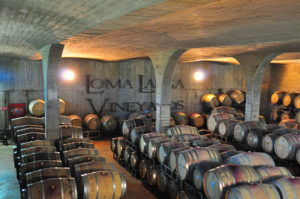
If you thought that Casablanca was only for white wine, think again. Loma Larga was one of the first producers to focus on making good reds from the cool hillsides of Casablanca. Their Cabernet Franc is sublime and they also make an interesting Malbec among others. The winery is a swooshing wooden structure designed to echo the sea breezes and is tucked into the forest and hillsides of their microclimate.
Emiliana
Chile is naturally blessed with a dry and clean climate, untouched by many vine diseases like phylloxera. This makes it perfect for biodynamic production, and Emiliana is Chile’s largest producer of biodynamic wine. Step into the farm and garden that embodies their biodynamic principles and taste their excellent wines with organic cheese or chocolate!
With a Kiwi winemaker in charge, it is no surprise Casas del Bosque stands out for its Sauvignon Blanc. Along with a handful of great wines, Casas del Bosque also has a great restaurant where you can taste lots of local dishes with a modern twist and enjoy a view of the vineyards.
El Cuadro
If you are heading to Casablanca with all the family, then El Cuadro will take care of the entertainment beyond the wine. A horseback adventure, rodeo show and vine garden are some of the highlights as well as plenty of wine for the parents!

